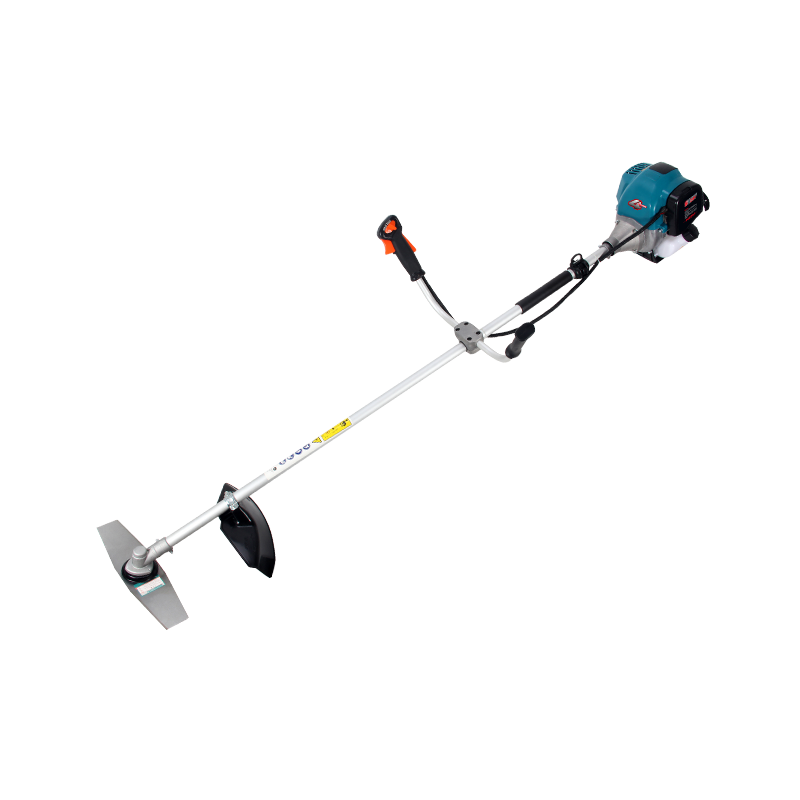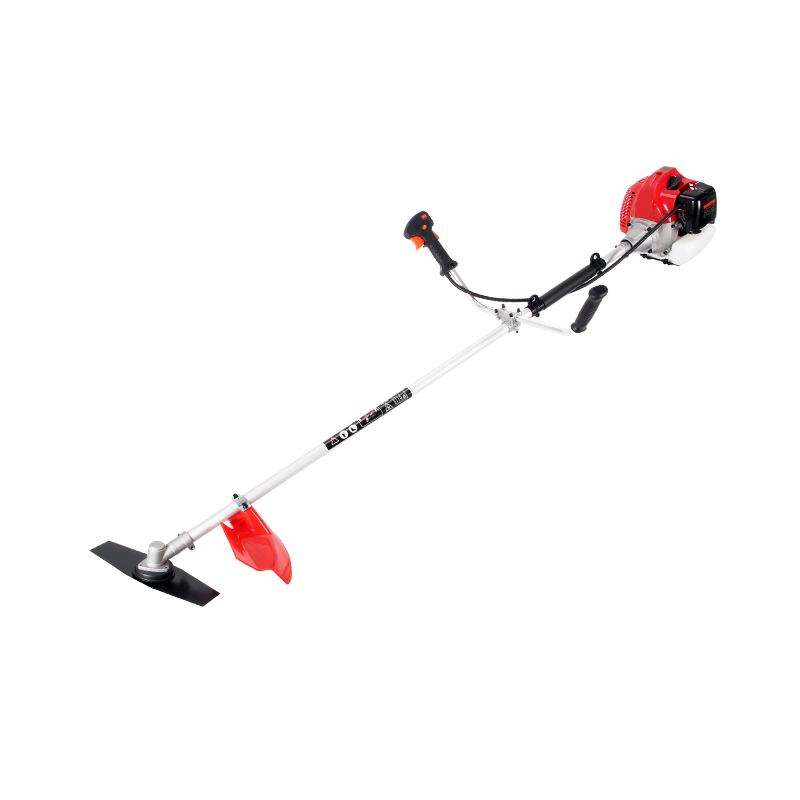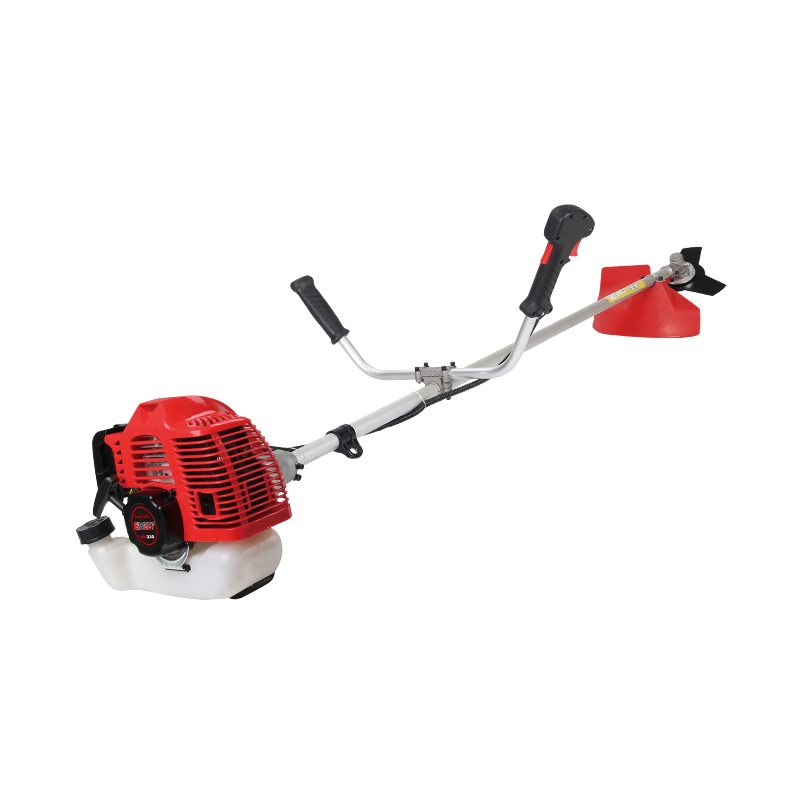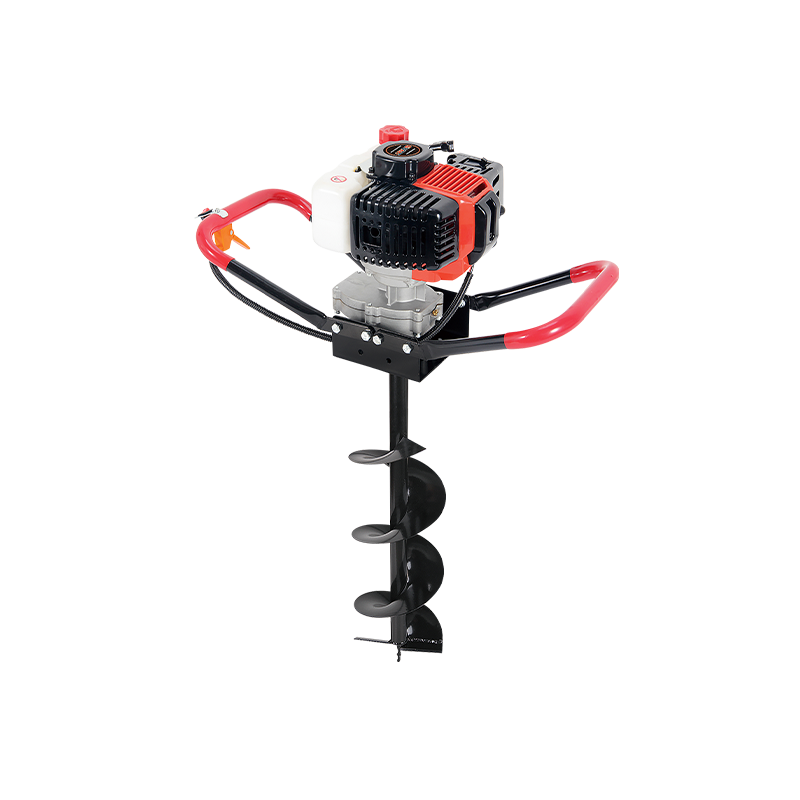Mini Tiller and Gasoline Chainsaw Single Recoil Starter are two workhorses in the realm of outdoor power tools, each tailored to tackle distinct tasks with efficiency. From preparing soil for cultivation to cutting through woody material, these tools cater to the needs of gardeners, farmers, and land managers who require equipment that balances power with maneuverability. Their design focuses on solving common on-the-job challenges, making them staples in settings ranging from backyard gardens to small-scale agricultural plots.
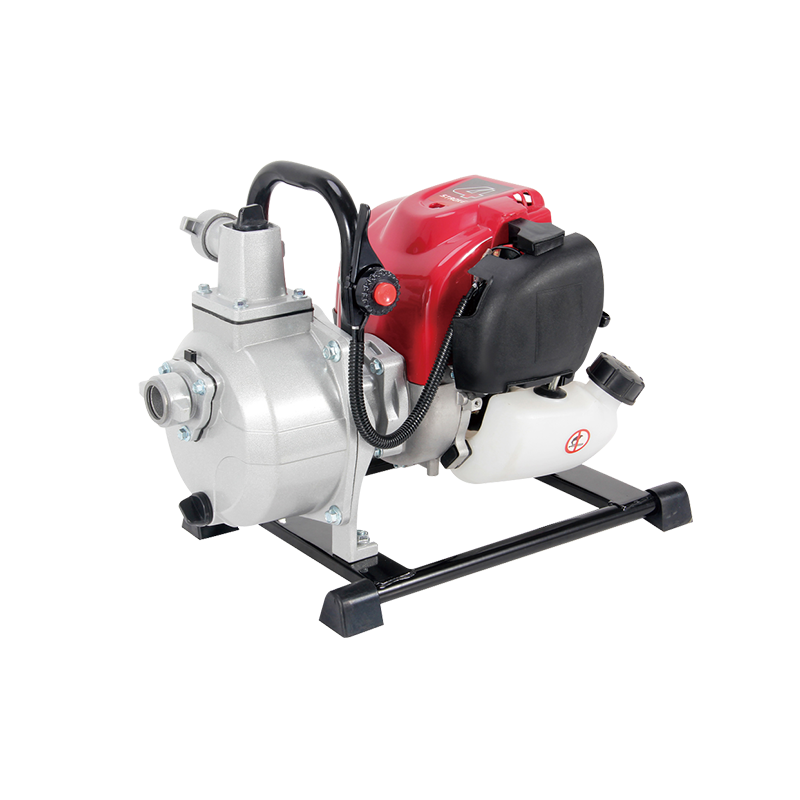
Core Features of the Mini Tiller
The Mini Tiller is built around a compact frame that prioritizes agility without sacrificing functionality. Its dimensions—typically measuring under 1 meter in length and 0.5 meters in width—allow it to navigate narrow spaces between garden beds, around tree trunks, and along fence lines, areas where larger tillers struggle to reach. This compactness is paired with a weight range of 18 to 28 kilograms, making it portable enough to be loaded into a vehicle or moved by hand across uneven terrain.
At its heart is a small engine, usually ranging from 30cc to 55cc, which drives a set of rotating tines. These tines are available in configurations suited to different soil types: curved tines excel at breaking up clumpy soil, while straight tines are better for mixing in amendments like compost or fertilizer.
Ergonomics play a key role in its design. The handlebars are positioned at a height that reduces stooping, and many models feature vibration-dampening grips. A forward-neutral-reverse gear system simplifies movement, enabling users to adjust direction without lifting the tool, a particularly useful feature when working in tight corners.
How the Gasoline Chainsaw Single Recoil Starter Works
The Gasoline Chainsaw Single Recoil Starter is a starting mechanism designed to simplify engine ignition through a manual, spring-loaded system. Housed in a protective casing attached to the chainsaw’s engine, it consists of a pull cord, a recoil spring, and a starter cup that connects to the engine’s crankshaft.
When the user grasps the cord’s handle and pulls it, the recoil spring stretches, rotating the starter cup. This rotation engages the crankshaft, which in turn moves the piston and compresses the fuel-air mixture in the engine’s cylinder. As the cord is released, the spring recoils, resetting the mechanism for the next pull. This process typically requires 2 to 4 pulls to start the engine, depending on factors like fuel quality and engine temperature.
The system is engineered to reduce effort: the cord’s length provides enough leverage to generate sufficient rotation without excessive force, and the handle is shaped to fit comfortably in both hands, accommodating users with varying grip strengths. The casing is sealed to protect internal components from dirt, moisture, and debris, a critical feature for tools used in dusty or wet outdoor environments.
Practical Use Cases for Both Tools
Mini Tiller and Gasoline Chainsaw Single Recoil Starter complement each other in a range of outdoor tasks, covering soil preparation and vegetation management. For home gardeners, the Mini Tiller is indispensable for preparing small plots for vegetables, herbs, or flowers. Its ability to till soil to a consistent depth helps promote seed germination, while its narrow profile allows for precise work around existing plants, reducing the risk of damage.
The Gasoline Chainsaw with a Single Recoil Starter, on the other hand, excels at tasks involving wood. Homeowners use it to prune overgrown branches, cut firewood from fallen trees, or clear saplings to expand garden space. The easy-start mechanism is particularly valuable in these scenarios, as it eliminates the need for heavy lifting or complex procedures, allowing users to focus on the task at hand.
Operation Tips and Durability Considerations
Using the Mini Tiller effectively requires some basic techniques. Before starting, users should clear the area of rocks, roots, or debris that could damage the tines. Tilling in overlapping passes ensures even coverage, and adjusting the depth based on soil condition—shallower for dry, hard soil, deeper for moist, loose soil—prevents the tool from bogging down. After use, cleaning the tines with a brush removes caked soil, preventing rust and ensuring smooth operation in future sessions.
For the Gasoline Chainsaw Single Recoil Starter, proper starting technique improves reliability. Users should prime the engine and set the choke before pulling the cord, following the manufacturer’s instructions for cold or warm starts. Avoiding excessive force when pulling reduces wear on the spring and cord, and releasing the cord gently—rather than letting it snap back—extends the mechanism’s lifespan.
Durability is built into both tools. The Mini Tiller’s tines are made from heat-treated steel, resistant to bending or dulling, while its engine components are sealed to prevent oil leaks. The chainsaw’s recoil starter uses high-tensile steel for the spring and abrasion-resistant nylon for the cord, materials chosen to withstand thousands of cycles. Regular maintenance, such as checking oil levels in the engine and lubricating moving parts, further extends their service life, ensuring they remain functional for years with consistent use.


 English
English русский
русский Español
Español عربى
عربى


